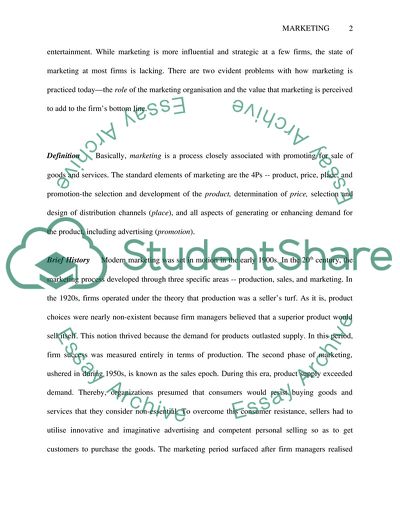Cite this document
(“The Importance of Marketing to Organisations in the Twenty-First Essay - 1”, n.d.)
The Importance of Marketing to Organisations in the Twenty-First Essay - 1. Retrieved from https://studentshare.org/marketing/1531831-the-importance-of-marketing-to-organisations-in-the-twenty-first-century
The Importance of Marketing to Organisations in the Twenty-First Essay - 1. Retrieved from https://studentshare.org/marketing/1531831-the-importance-of-marketing-to-organisations-in-the-twenty-first-century
(The Importance of Marketing to Organisations in the Twenty-First Essay - 1)
The Importance of Marketing to Organisations in the Twenty-First Essay - 1. https://studentshare.org/marketing/1531831-the-importance-of-marketing-to-organisations-in-the-twenty-first-century.
The Importance of Marketing to Organisations in the Twenty-First Essay - 1. https://studentshare.org/marketing/1531831-the-importance-of-marketing-to-organisations-in-the-twenty-first-century.
“The Importance of Marketing to Organisations in the Twenty-First Essay - 1”, n.d. https://studentshare.org/marketing/1531831-the-importance-of-marketing-to-organisations-in-the-twenty-first-century.


